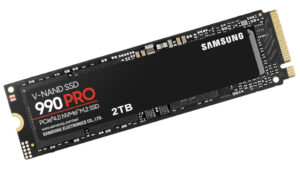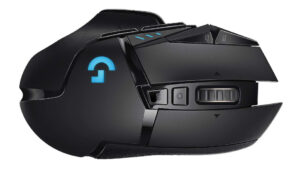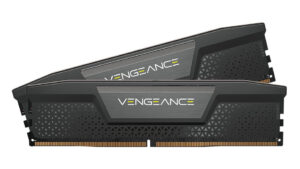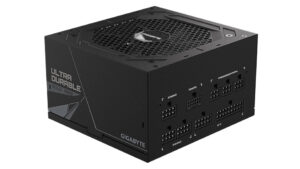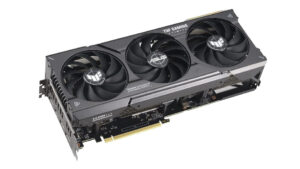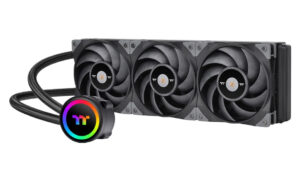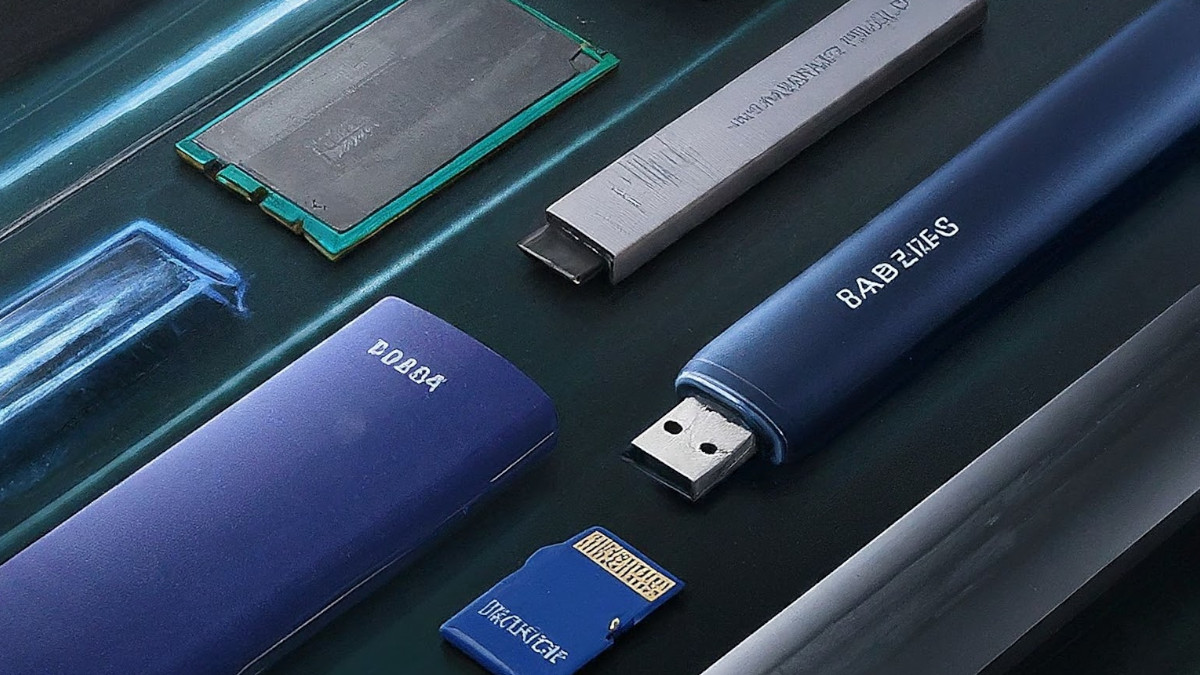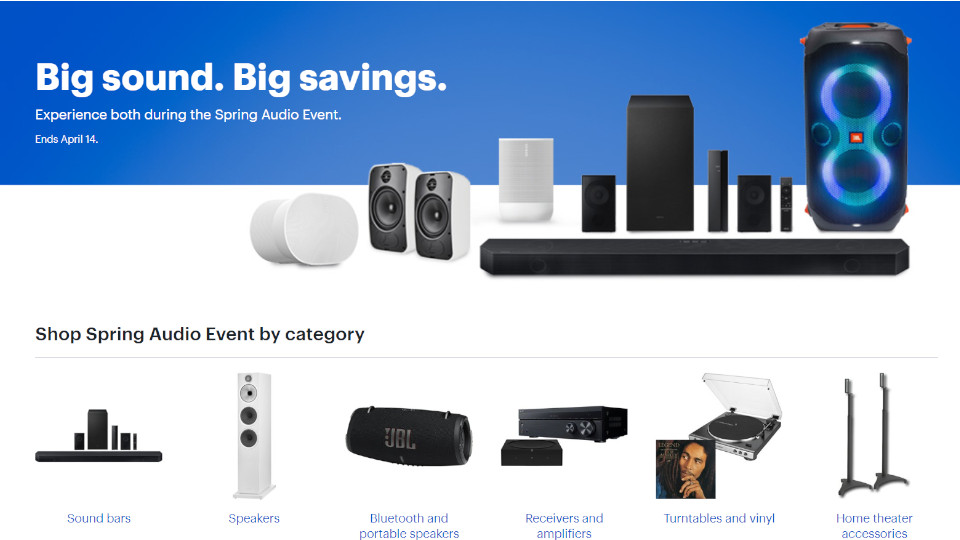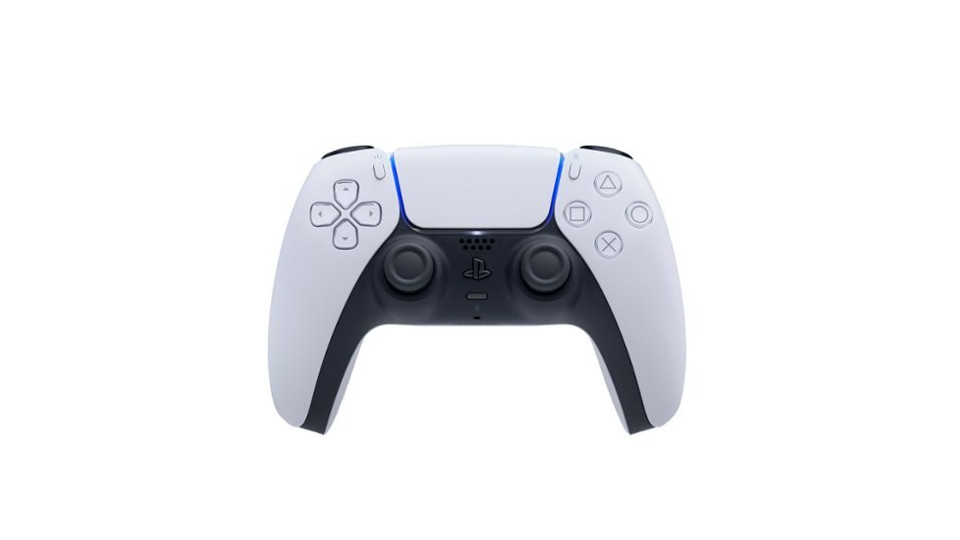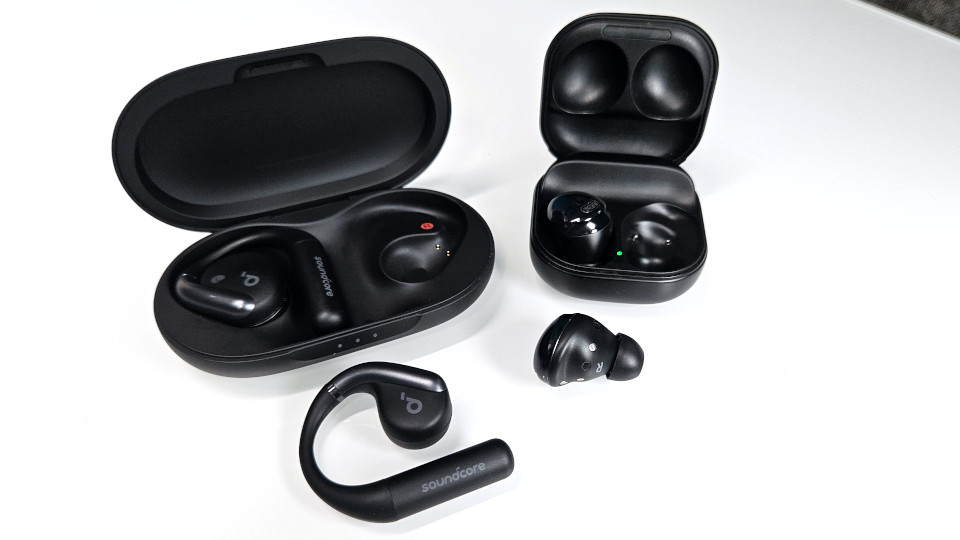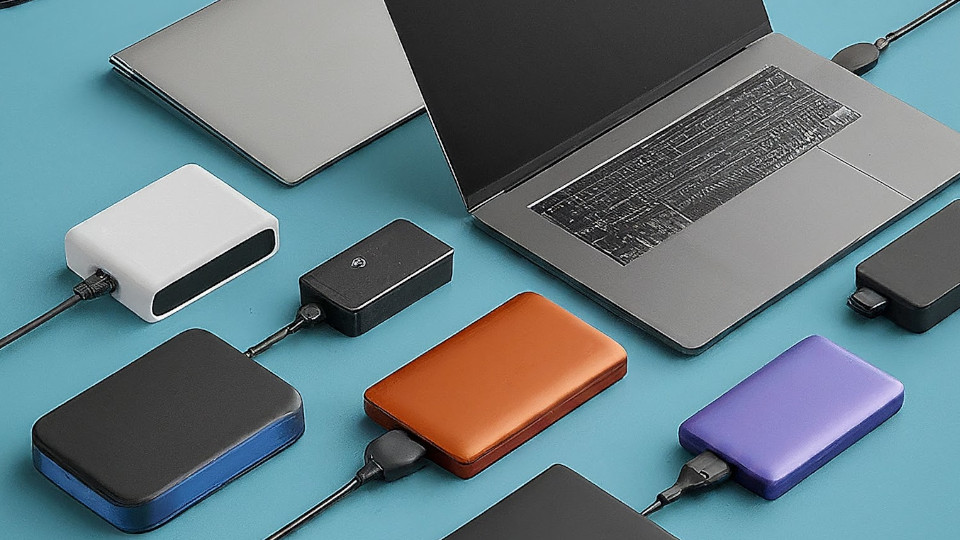Links on Basic Starter Kit may earn us a commission. Thank you for your support. Learn more
Samsung is a powerhouse in the digital storage world, offering a diverse range of options for all your data hoarding needs. But with so many choices, how do you pick the right one? Fear not, tech explorers! This post dives deep into the pros, cons, and ideal uses for four popular Samsung storage solutions:
T7 SSD
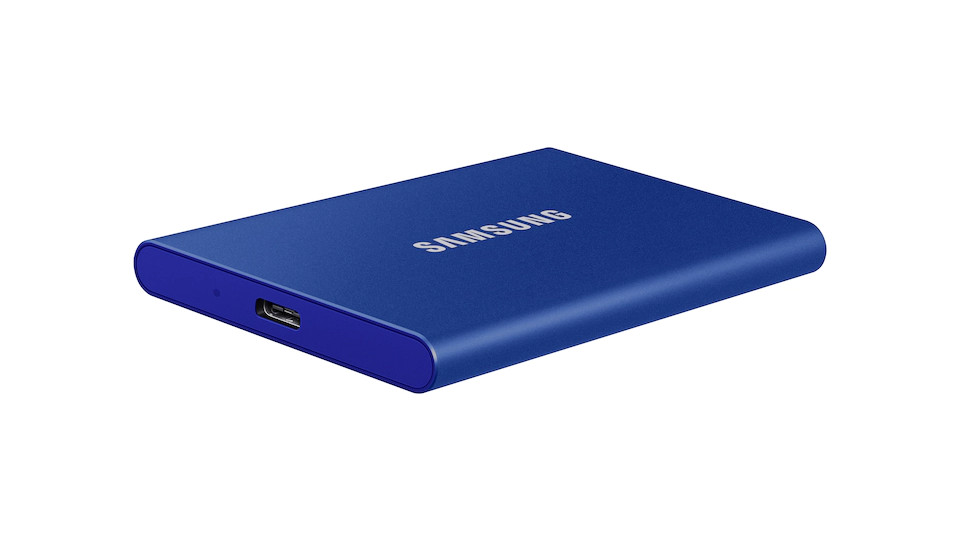
The Samsung T7 SSD is a leading external hard drive, made for portability and speed. The USB 3.1 interface provides great speeds, the SSD form-factor makes for a small unit, that does not require much power to operate.
This option has a much higher price than flash drives or SD cards, but offers far superior speeds.
Pros: Blazing-fast transfer speeds (up to 1050 MB/s!), compact and portable design, shockproof and water-resistant, fingerprint security option.
Cons: Higher price tag compared to other options, limited capacity (up to 2TB).
Perfect for: Content creators, gamers, professionals who need quick access to large files, anyone wanting top-notch speed and security on the go. Fast enough to store files for your mobile video editing needs.
USB 3.1 Flash Drive
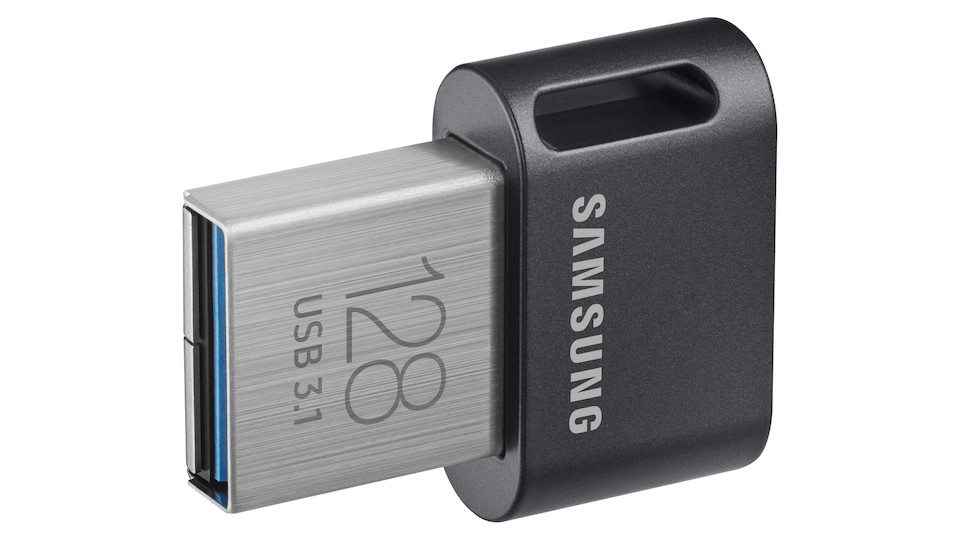
We’re all familiar with the USB flash drive at this point, the small devices with USB Type-A plugs on them that connect to most computing devices today. The latest options offer far greater transfer speeds and capacities than older options, and continue to be available for a superb price.
Pros: Affordable, lightweight, plug-and-play simplicity, wide compatibility across devices.
Cons: Slower transfer speeds (up to 300 MB/s), lower capacity options (up to 256GB), susceptible to loss or damage.
Perfect for: Basic file transfers, everyday use, storing documents and media for portable access.
970 EVO Plus NVMe M.2 SSD
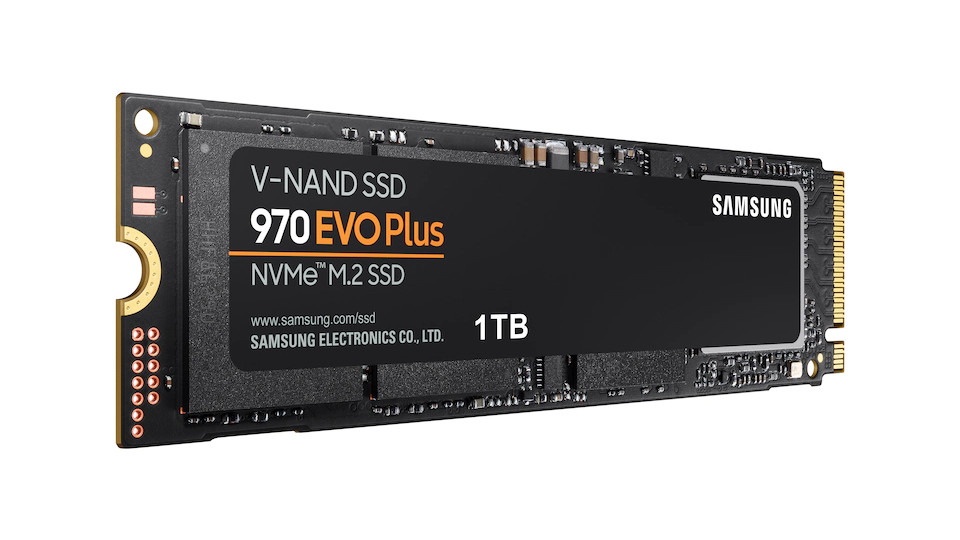
Designed for internal storage solutions, the modern M.2 SSD connects over the NVMe bridge in your PC. This guarantees transfer speeds the very best mechanical hard drives could only dream of. Even the older 970 EVO Plus offers speeds in the 3,500 MB/s range. You’ll find bottlenecks in other places of your PC at these speeds.
Pros: Lightning-fast read/write speeds (up to 3,500 MB/s), ideal for boosting PC performance, compact design for internal installation.
Cons: Requires compatible motherboard and installation expertise, higher price tag compared to traditional SSDs.
Perfect for: Gamers, tech enthusiasts, professionals working with demanding applications, anyone who needs a significant internal storage upgrade.
EVO Plus microSDXC Card
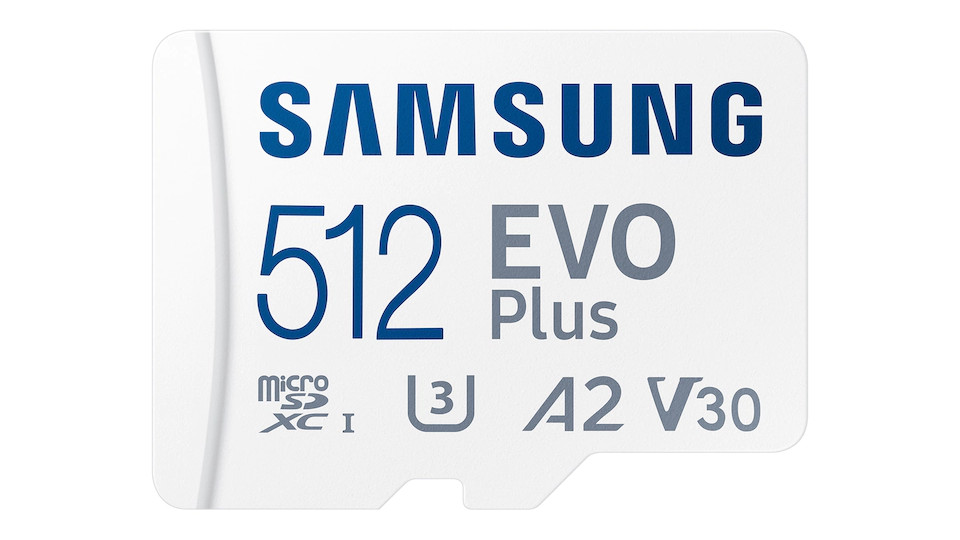
Mainly used for digital cameras these days, the humble microSD card is superbly capable for it’s size. The thumbnail-sized chips store about as much data and run at about the same speeds as a flash drive, but fit inside of your electronic devices.
Pros: Boosts smartphone or camera storage significantly (up to 1TB), affordable, small and portable.
Cons: Slower speeds compared to SSDs, potential compatibility issues with older devices.
Perfect for: Mobile photographers, videographers, gamers who need extra storage for games and apps, anyone who needs to expand the storage capacity of a mobile device.
When choosing the right Samsung storage solution, consider your budget, usage needs, and desired data transfer speeds.
- For peak performance and portability, the T7 SSD is hard to beat.
- For everyday use and basic file transfers, the USB 3.1 flash drive offers a budget-friendly option.
- If you’re looking for an internal upgrade, the 970 EVO Plus NVMe M.2 SSD is a speed demon.
- And for expanding mobile storage, the EVO Plus microSDXC card is a reliable choice.

